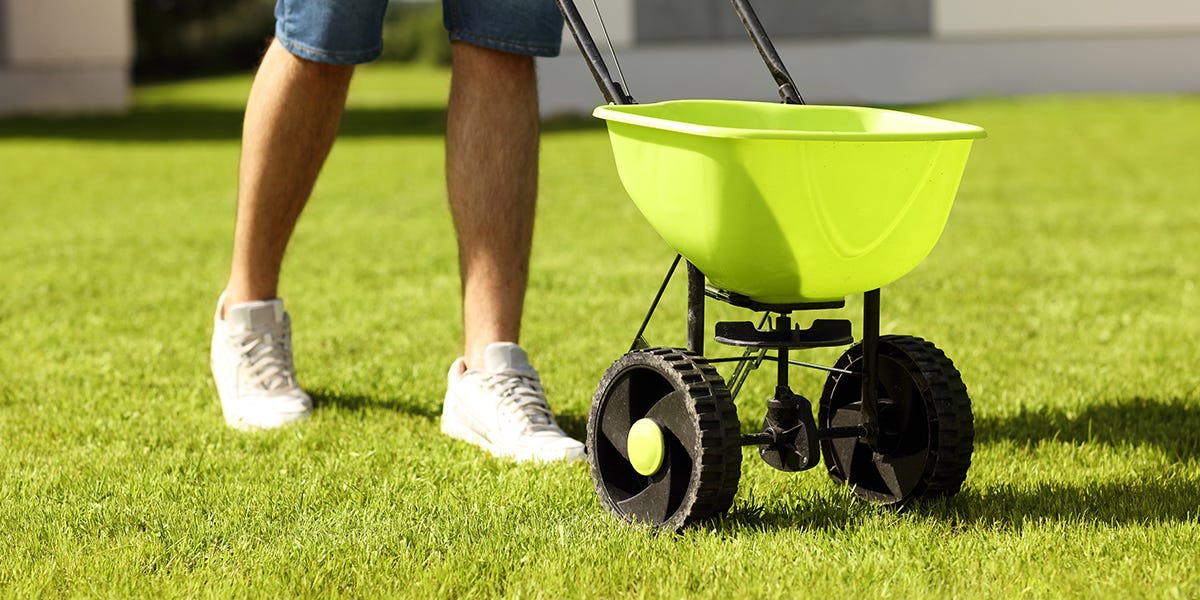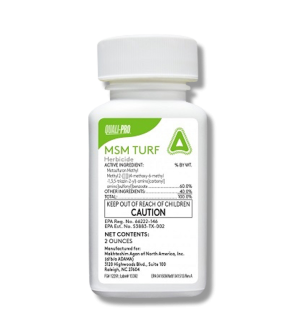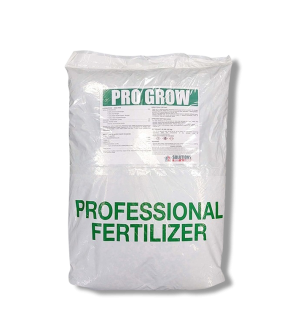How to Reseed a Lawn in Summer
Most Effective Products
How to Reseed a Lawn in Summer
This page is a general guide for reseeding your lawn during summer. Using the products and methods suggested you will get control of your seeds growth. Follow this DIY guide and use the recommended products and we guarantee 100% improvement of your seeds growth rate in the summer.
As a homeowner one of the best things you can do for your thin and distressed lawn is to reseed it. Contrary to popular belief many lawns you see in the front of homes are grown by seeds or sod.
While mother nature will work to grow your new turf from its seeds it will still need your part in its care. This is especially true in lawns during the summer where heat, lack of moisture, and weed growth are commonly rampant from May to July.
Typically, you will want to grow your grass seeds in the fall or second half of spring, but your homeowners association is wanting you to take care of this issue presently or maybe you just do not want to stare at an empty patch of lawn. Either way, replanting seeds in the summer is not entirely difficult, but will need great care.
If you are wanting to treat empty patches of lawn in the summer by reseeding, then our DIY guide will help show you what to do step-by-step to get complete control over your seed growth. Following our recommended instructions and use of our professional quality products will help to save you time, money, and your seeds.
Which Grass Seeds Should I Plant In Summer?

Before you can move forward with a treatment program you will need to understand what type of grass seeds to plant in the warm, summer months. By planting the wrong seeds you can end up using the wrong herbicides or have no growth in your lawn, which can cost you time and money.
It is necessary to plant grass species that are considered to be warm-seasoned grass during the summer.
For example, in the image above you will see Bermuda grass on the left and on the right will be St. Augustine grass, both considered warm-seasoned grass species.
Warm-seasoned Grass
Species of warm-seasoned grasses are Bahiagrass, Bermudagrass, St. Augustine grass, Centipede grass, Zoysiagrass, and Carpetgrass.
Warm-seasoned grass will grow well in humid, and hot temperatures between 85 to 90 degrees Fahrenheit, which makes it ideal for summer reseeding.
Unfortunately, reseeding in the summer cannot be achieved in areas containing species of cool-seasoned grass. If you live in the northern half of the United States then reseeding in the summer will not produce any results in your lawn.
Treatment
Replanting grass seeds in the summer is no simple task since seeds are particularly delicate to any stress, product, or even over-watering. Our recommendations and herbicides have the best potential of managing your seed growth.
Before beginning any type of treatment program, you will first need to attain the appropriate personal protective equipment (PPE) that will protect your mouth, eyes, face, hands, and feet. This must be followed when mixing or applying any type of herbicide or pesticide products.
Step 1: Apply Summer Pro Gro Fertilizer and Post-Emergent Herbicide in May

Before planting your warm-seasoned grass seeds, you will need to examine or test your soil and turf for any diseases such as weeds or fungi.
Even if you do not see any visible signs of brown patches of grass, bare areas, or weeds this does mean there is no present diseases within your lawn. Avoid using weed and feed products because these type of products will go underneath the soil to eliminate weeds that have not emerged yet. Which will stop your seeds from growing.
Summer fertilizers such as Solutions Pro Gro 19-4-10 Fertilizer are formulated to be used on lawns that endure the humid climate of summer. By using Pro Gro you can help to strengthen your summer lawn so it will reduce the amount of areas needed to be reseeded and make your turf thicker to prevent weed growth. For a general application, you will want to use 5 lbs. of Pro Gro 19-4-10 fertilizer per 1,000 sq. ft.
For weeds in new or established turf it is best to apply a post-emergent herbicide to avoid the product from seeping into the soil. Our recommended post-emergent herbicide to use is MSM Turf which can eliminate many species of broadleaf and grassy weeds within one acre. You will need a handheld pump sprayer or backpack sprayer for application.
To avoid spraying desired foliage we suggest using a handheld pump sprayer for easier control during application. A general mix rate is 0.025 to 0.05 fl. oz. of MSM Turf per 1 gallon of water per 1,000 sq. ft. Once you have thoroughly agitated your spray mixture apply this product as a spot treatment onto the top and bottom of the targeted weed leaves, but avoid run-off.
Failure to treat your turf with a summer fertilizer and removal of existing weeds will prevent your seeds from growing during the summer.
Step 2: Rake or Mow Your Lawn in First Half of Summer

Once the soil has had enough time to take in the fertilizer and promote some turf growth you can begin to dethatch your lawn by raking. Typically, this will be in the first two weeks of June.
You will take your rake and remove all thatch (dead grass and leaves on the top layer of turf). Areas to rake will look like brown, withered grass or clumps of foliage on the top layer of your yard.
Another method to expose your soil is mowing, but this is a delicate situation. Your grass cannot be mowed unless it is higher than three inches, which may be an issue in the summer since growth is gradually slowing down. While mowing is ideal for large scale areas or a yard with complete bare ground is it not necessarily ideal to perform due to time restraints.
If you must mow, then set your mower blades to the lowest setting to expose the soil in your yard. You will want to expose the soil for either raking or mowing to allow seeds to have direct contact with your yards soil.
Step 3: Apply Seeds in the Last Two Weeks of June

Select your desired warm-seasoned grass species and spread evenly across your lawn by hand or through a hand spreader.
If you are using a hand spreader then load your desired amount of seeds into the spreader. You will then set the rate gauge to a moderate application to avoid spreading your seeds too close together. At the same time you do not want to spread your seeds to far apart to reduce bare ground between plants.
For patches of bare ground you may stand directly above the area and apply by hand or tool. For large scale areas needed to be reseeded you will want to begin at the edge of your treatment area and walk along the perimeter at a moderate speed. Repeat this pace as you walk across the middle of your treatment area to cover the space in the middle. You may have to repeat these steps if you notice areas that are not evenly covered with seeds.
Immediately after applying seeds you will need to water your reseeded areas. Refer to the steps below for watering new seeds.
Step 4: Water Your Reseeded Lawn Consistenly

Grass seeds are very sensitive to overwatering and underwatering, but will still need adequate moisture for germination.
Your goal is to lightly water your seeded area, but not to the point of enough water gathering into piles of puddles. Reseeded areas will require you to moisten it at least once a day if not twice.
Water your reseeded area early in the morning before 11 am to avoid high exposure of heat. Since your seeded area needs to stay consistently moist you may need to water again in the evening, several hours before it becomes dark. It is important to leave enough time for your lawn to soak in the water to avoid fungi and other diseases from growing.
You may use a sprinkler system to water your lawn, but we suggest using a oscillating or rotator head sprinkler system for gentle water applications.
You will only need to adjust your water applications once your seeds have emerged and reached a height of at least one inch. Once it reaches this height you will then spray no more than an inch of water per week.
Step 5: Wait 30 to 45 days for Seeds to Become Established

Before applying any further summer lawn care products or program, wait at least 30 to 45 days for your seeds to become established in your lawn. Normally, this will take from one to two months for seeds to emerge.
At the beginning of the growth your lawn may look thin or bare, but do not be alarmed for this is common. Over time through appropriate watering, and herbicides you will have a lush and thick lawn again.
Step 6: Reapply Weed Control

Until the appropriate amount of time passes you cannot apply any herbicide products. However, you may notice weeds growing during this time period. You do not have to leave the weeds untreated, but will need to understand that hand pulling weeds is not a permeant treatment of weeds.
To pull weeds by hand more easily you will first need to water the area to soften the soil. Make sure to wear a glove when pulling weeds to avoid diseases or scratches on your skin. After you put on a glove and water the area, you will find the base of the weed and gently pull to avoid unnecessarily damaging surrounding foliage roots.
A general rule to understand when it is time to spray your reseeded turf with post-emergent herbicides is when you have mowed your turf at least three times. Remember, that your turf needs to be three inches before it can be mowed.
Key Takeaways
When Should I Reseed During the Summer?
- The best time to apply seeds to your lawn is in the last two weeks of June after you have treated your turf with a summer fertilizer and post-emergent herbicide.
What Type of Seeds Should be Used in Summer Reseeding?
- Warm-seasoned grass species should be used when reseeding during the summer. Planting cool-seasoned grass seeds in the summer will not produce any results since these type of grasses cannot grow in heat.
What to Avoid When Reseeding in the Summer?
- The first thing you should avoid is applying herbicides and pesticides, or mowing to early. You will need to wait at least 30 to 45 days for seeds to become established if you want to treat after. Prior to reseeding, you will need to wait at least two months before you can treat your lawn with pesticides or herbicides. You may mow before or after reseeding when lawn has height of three inches.












































































































































































































































































































































































































































































































































